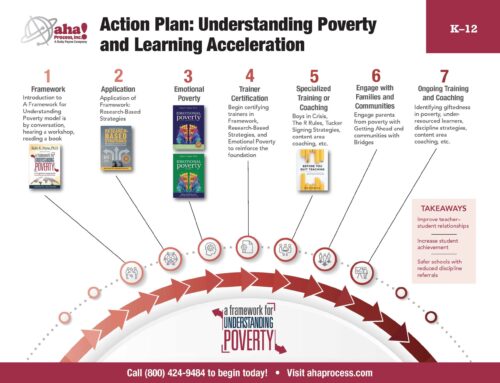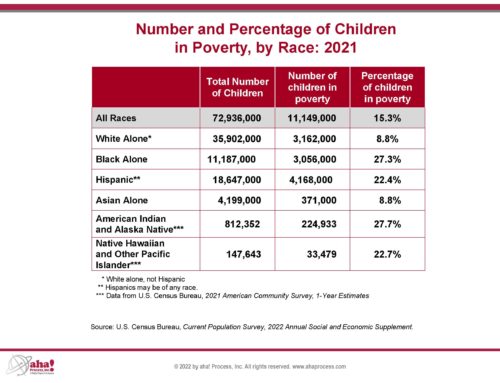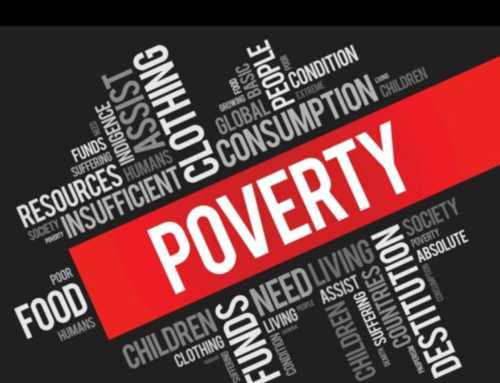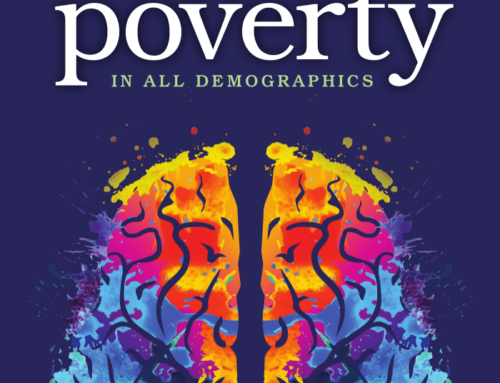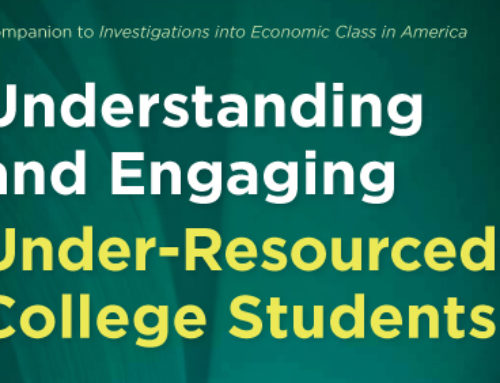 Have you thought about this? When a student drops out of higher education, there is a cost not only to the individual and community, but also to the higher education institution. With current completion rates at just 29% of individuals beginning two-year degrees and 45% of four-year degree seekers, the loss of revenue from students who walk out the door is huge.
Have you thought about this? When a student drops out of higher education, there is a cost not only to the individual and community, but also to the higher education institution. With current completion rates at just 29% of individuals beginning two-year degrees and 45% of four-year degree seekers, the loss of revenue from students who walk out the door is huge.
Many of these non-completers are under-resourced students. We all know the social and moral arguments for supporting these students so they complete their educational objectives. A better-educated citizenry means lower social, criminal justice, and healthcare costs and greater community stability. It also is unethical for a college or university to take money from students—under-resourced or not—without creating a climate in which those students have a fair chance at success.
These arguments may seem self-evident, but they can get blurred in light of looming budgetary concerns.
So, what are the economic arguments that make sense to those who are counting the beans in your institution? There are at least three (and maybe you can think of more):
- The marketing argument: As any good marketer will tell you, it is less expensive to keep your current customers (i.e., students) than it is to develop new customers. It’s been said that it costs 6–7 times as much to acquire a new customer as it does to retain an existing one.
- The revenue argument: A student who drops out of college is a student who isn’t paying tuition and a student for whom the college is not receiving private donations or public subsidies. On average, the loss in revenue per student per year is about $20,800 for a private four-year college, $19,000 for a public research institution, and $6,000 for a community college—money that could be going to fund salaries, pay for physical plant maintenance and operation, support programming, and so on.
- The third-party support argument: Gone are the days when schools were funded based on the number of students enrolled at the start of the semester. Funders—state, federal, and private—now are much more interested in how many students walk across the stage at the end of the semester than they are in how many students warm the seats at the 10-day count. The new emphasis on outcomes demands a new emphasis on retention and completion.
Increasingly, the students who matriculate on our campuses will bring significant challenges with them—poverty; lack of college-going knowledge; language and cultural barriers; and complex schedules of work, school, and parenting. They may not be the students we remember from “the good old days,” but they are the students we have, and we must help them succeed, if for no other reason than to maintain our own institutional viability.
Ask your decision makers to think about the hundreds of thousands of dollars that are lost when students fail to persist, and an investment of a few thousand dollars in professional development to boost retention and completion will sound like the real bargain that it is.

